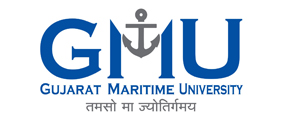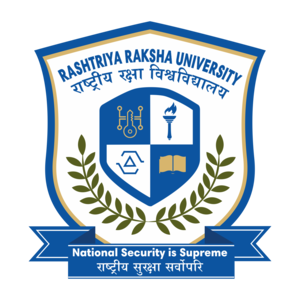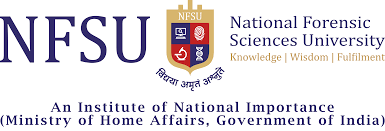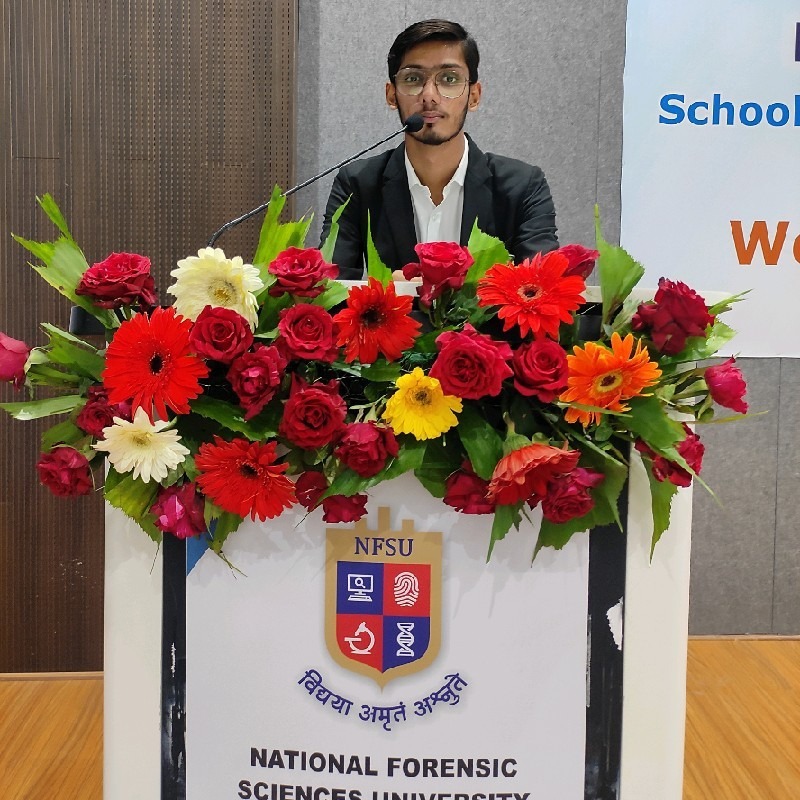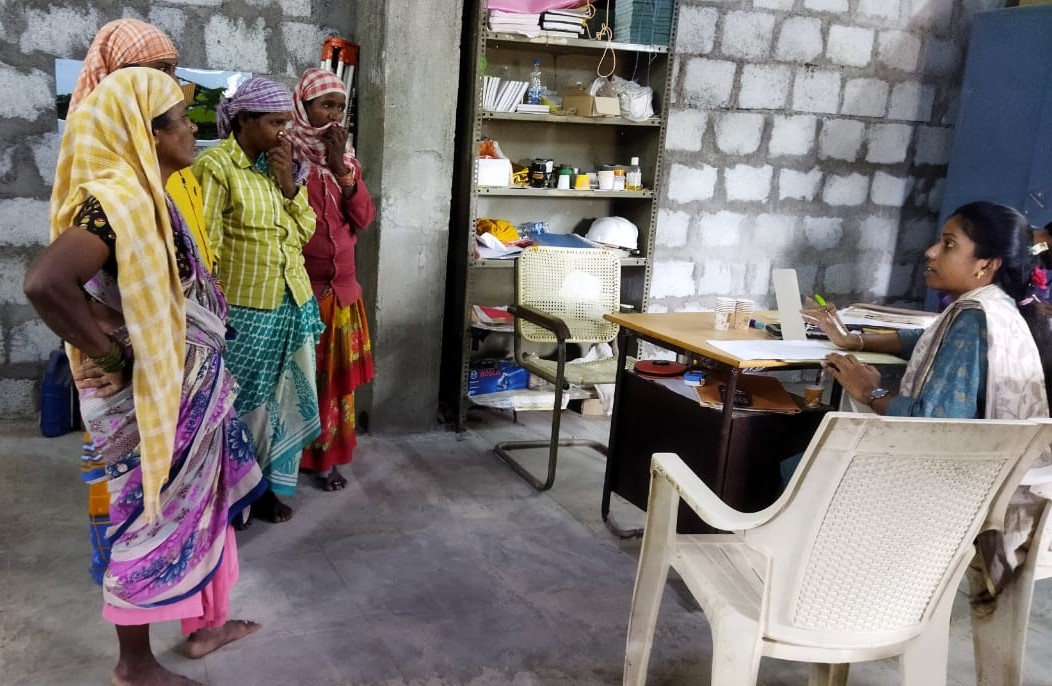
India’s Legal System Can it be Saved ? (Book Review)
Below is a review of India’s Legal System- Can it be Saved written by Mr. Fali S Nariman, first published on the 7th of July 2006 and published by Penguin Books. This 173 page book has been written with an intent to help the readers know and interpret the India Legal System. The purpose of the book is to make the readers aware as to how the India Legal System has evolved over the years and also to pinpoint the problems faced by the current India Justice System. Mr. Fali Sam Nariman has been a distinguished Indian Constitutional jurist and also a senior lawyer at the Supreme Court of India since 1971. He has been the President of the Bar Association of India since 1991. He is a globally perceived expert on worldwide mediation. He is one of India\'s most recognized and established lawyer and he has contended a few driving cases. He stayed Additional Solicitor General of India from May 1972 to June 1975. Nariman is the beneficiary of the Padma Vibhushan (in 2007) and Padma Bhushan (in 1991), separately the second and third most elevated distinctions granted to civilians by the President of India. The two honours were for Nariman\'s commitments to law and open undertakings. Nariman was granted the Gruber Prize for Justice in 2002. He devoted his honours to his institute of matriculation Bishop Cotton School in Shimla. His books fills in as an exceptional insightful treatise on the Constitutional Law, its translation and application. His concern as a citizen of India binds every into his compositions and stays a motivation for each student of Law in India.
This book is loaded with surprises and extremely wonderful ones. It\'s a little volume-yet a huge book. In 155 pages, scarcely 7 by 4 inches huge, the book follows the advancement of Indian law from the smritis of old occasions to contemporary issues of lawful change being discussed as of now. Any suppositions about triviality of treatment or absence of profundity are gave a false representation of and demonstrated arrogant the book is clearly very much investigated, composed once more (not simply rehashing old articles by the famous writer) and conveys telling experiences into complex inquiries without losing punch and quickness. It accomplishes a noteworthy combination not short-sighted for a rehearsing attorney and not intricate or punctilious for the layman. It recounts to an astounding story in immediate and basic language, shunning language and demystifying complex ideas. The clever and learned writer has recalled that "making a book is a specialty, as is making a clock; it takes more than mind to turn into a writer". His capacity as a raconteur, in any case, continues surfacing: the reference to the "complimenting any. Overpowering" picture of the main Chief Justice Sir Elijah Impey of the Supreme Court of Judicature in Kolkata to the three standards of equity Victorian, Indian and Cynical-reflected in the three cut stone pictures at Bombay High Court and to Nobel laureate Ralph Bunche\'s remark on the inquiry regarding to what extent can a general public make amends for past persecutions are nevertheless three models. In spite of its minuscule size, the book is brimming with sagacious and inventive ends. For instance, regardless of the huge reach and huge worldwide impact of the British realm, why have nobody other than previous British subjects received the precedent-based law? For what reason did the Indian Constitution composers not notice a Gandhian constitution or panchayats or aberrant administration and intentionally pick a parliamentary, government republic? What\'s more, why "league" isn\'t utilized in the massive Indian Constitution?
Being an individual from the powerful gathering which made proposals prompting the correction of the Civil Procedure Code (CPC) accommodating a menu of Alternative Dispute Resolution (ADR) instruments lok Adalat, intercession, placation, and so forth this analyst found the creator\'s conversation regarding the matter apt and canny right up \'til today, we don\'t have the foggiest idea why our recommendation for mandatory ADR in common debates was changed over to a discretionary one under the revised segment 89 of the CPC. The conversation on equity, reservation and unapproachability features the two issues which are the core of the issue viz the accessibility of a lot of sacred assurances against the state however the nonappearance of such rights by one gathering against another and the way that we may have naturally nullified distance and backwardness "at the same time, oh dear, huge numbers of us have not dispensed with it from our souls". There are valuable conversations on open intrigue prosecution, legal survey and activism and the genuine insufficiencies of the criminal equity framework. The author shows that he isn\'t only any ridiculous draining heart liberal by contending commandingly that in fear based oppressor related offenses, the privilege of the charged to stay quiet should offer route to the bigger interests of society and of the people in question. His scrutinizing of the establishments of the "past sensible uncertainty test" and its semantic insufficiencies is novel and should begin another discussion on one of the most admired mainstays of the criminal equity framework. Indeed, the best part of the book are the last 60 pages where two arrangements of issues are worked out in honorable detail and profundity yet with wonderful curtness under perfect and concise subheadings viz, "The Serious Shortcomings of the Criminal Justice System" as likewise "The Structural Revamp of Court Administration in India".
Fali S. Nariman\'s knowledge and sincere energy makes the book a convincing read for all understudies of Law, Constitution and Political Science of India. He moves toward the current subject in a consistent pace and surges not by taking rushed clarifications. Brief, independent and early on, as it ought to be, this little brilliant book is a novice\'s ally for any individual who needs to find out about the essentials and inceptions of Indian Judiciary. I especially enjoyed explanations of what troubles the Indian Judicial framework and the changes that are required to be released to realise a helpful change.he contents of this book is something each civic minded person should peruse. The details behind the blemishes and the information featuring the issue are very much explained. Mr. Fali s. Nariman has splendidly and quickly composed the origin, development, paradoxes and defects of the Indian lawful framework. Additionally prescribed a few recommendations with respect to how to make it or work it better. This book counters many general conviction about the lawful framework in India and thinks about it to the legitimate framework in USA and Britain through various contextual analyses. Indian legitimate framework has consistently been impacted by the different races that lived on this land. The impact of Hindu Law or smrities and Dharmshastras on Indian law framework is prominent. The British guideline in India for a long time has planned the cutting edge law framework and that is the reason there is a striking comparability between the two frameworks. This exposition brings up numerous significant issue on the legitimacy of laws and the role of judges.While anybody with a passing enthusiasm for the Indian legal System should peruse this book, I would bring up the following:
1) The audience for this book isn\'t completely clear - on occasion it presumes commonality with legitimate terms, and at different occurrences it clarifies essential realities that one would anticipate that anybody from the lawful calling should know. I am not an understudy of law, so now and again I needed to connect with companions to see a portion of the jargon.
2) This is an obstinate exposition that centres only around the job of judges and courts in administering equity - it doesn\'t profoundly connect with the job of legal counsellors. One of the additionally fascinating cases with regards to the book is that judges are again and again inactive eyewitnesses of proof exhibited in court instead of dynamic followers of equity (e.g., in cases like best pastry kitchen the court could have paid heed to the way that a larger part of the observers turned antagonistic, rather than basically passing a judgment). There are likewise a few perceptions on the current act of case law. Anyway next to no of the onus in making these frameworks work is put on legal advisors. Or on the other hand so it appears from my point of view - on the off chance that it is in actuality inconceivable for attorneys to altogether impact these activities, at that point that POV is neither plainly expressed nor protected.
3) The authors position uncovers a strain between the need to apportion decisions with speed and to maintain the thoughts of equity that isn\'t completely investigated. In the wake of perusing this book I don\'t know what the perfect equalization is, or how to consider it. On one hand the Supreme Court is relied upon to maintain the best expectations for equity, and right any conspicuous offenses made by the lower courts. Then again, the authorfavours the need to restrain requests to higher courts, so as to make the legal executive increasingly productive. Finding an ideal harmony between these two needs is by all accounts subject to people instead of a precise arrangement (and maybe that is a major requirement with a lawful framework reliant on people deciphering the law). Peculiarly anyway these contentions are not inspected together and seen as free needs.
The book could utilize some publication criticism. It experiences excessively long sentence developments.As a reader, I lost track of the beginning of the sentence by the time I reached the end of it in multiple places. The authorhighlights the issues yet doesn\'t present any system or discussion for readers to take care of these issues. He proposes arrangements (some of them questionable IMHO) however doesn\'t present solutions to help them. Statements from popular individuals with comparable feelings are utilized time after time for my liking. I would incline towards him to rather list supporting and contradicting contentions and finish up on the quality of supporting contentions. At whatever point we propose that a solid and autonomous judiciary will right all wrongs of a country, we state so with the conviction that the judiciary will prevail over the executive and authoritative incidents which deny us of our privileges. This is definitely not a deception as it happens numerous multiple times case after case. In any case, the issue is that when this desires for our own kick in, we are really sponsoring the wastefulness of official and administrative bodies by troubling the legal executive with the last approach any subject. " Justice deferred is Justice denied"- A celebrated proclamation cited from time to time when legal procedures requires some serious energy. We should not overlook that the appointed authorities assume the job of translators of the constitution and the procedure requires significant investment. Anyway, the sequential length of any case isn\'t helped by the way that individuals utilize their entitlement to boundless interests with the end goal that the choice in the event of their private fights are turned in support of themselves to the detriment of open cash and time. Aside from the three-layered structure of legal executive in our nation, a few courts and legal bodies and positions have likewise come up to facilitate the weight of higher legal executive however as opposed to acquiring a component of conclusion in the cases, these councils and Statutory positions/bodies are going about as a pipe through which all the cases are coming to higher legal executive. These have turned out to be new stops in the general excursion of the SC. At last I would like to conclude by saying that this books is a plunge into depth of legal waters without the undercurrents of frightening legal terms. A must-read for those who want to know about the yesteryear and present-day happenings in Indian judiciary. Also, a clear analysis by one of the brightest legal minds India has ever produced,logical,but not lacking in personal perspectives.I would suggest that everyone should definitely read this book because the book is an extraordinary presentation for students of law and political theory to how Indian law is developed. In around 150 pages, it takes the readers through the records of Indian lawful framework from its birthplaces to the present. The issues looked by India\'s legitimate framework have been listed with adequate detail, that leave the reader with a need to investigate more.
